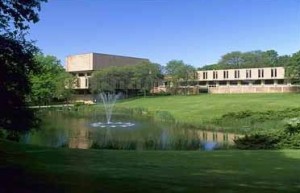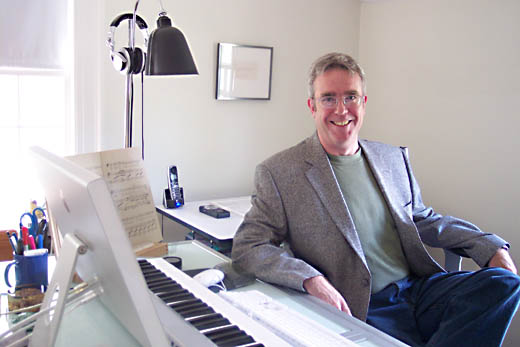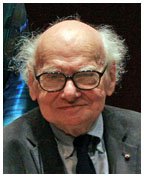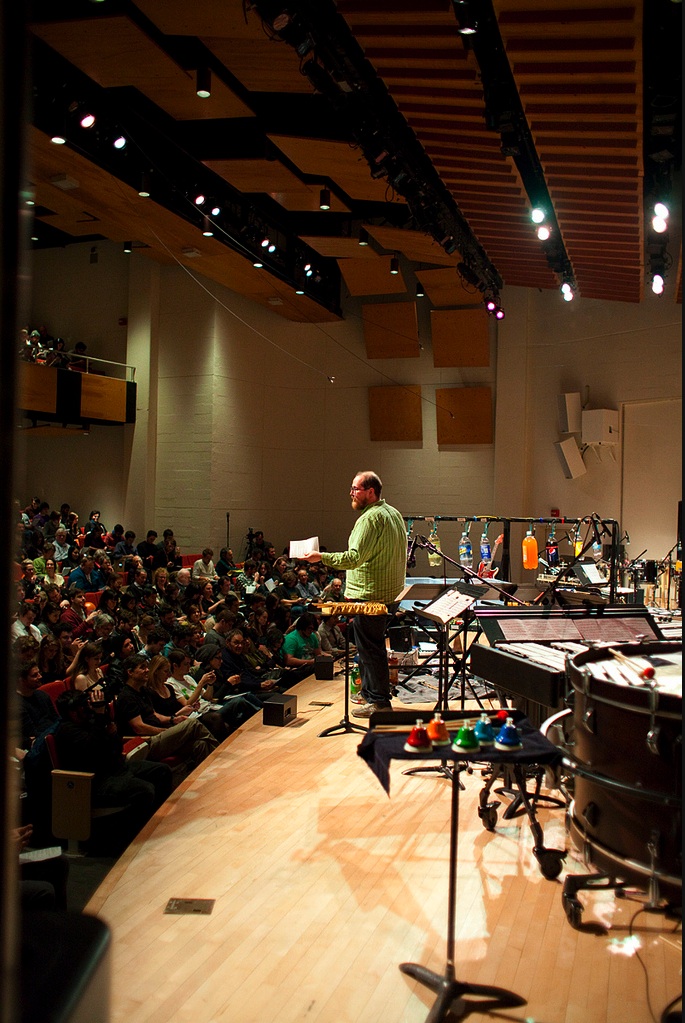Over the last two weeks I’ve been intensely involved in the final stages of preparations for the annual New England Conservatory Preparatory School Contemporary Music Festival, other known as Today’s Youth Perform Today’s Music, which happens this coming Saturday and Sunday. My friend and colleague John Ziarko and I started the festival almost twenty years ago because we figured that the best way to get kids to like new music was to get them to play it, working on it in a serious way with people who understood and believed in it. I have to say that experience seems to have borne out the truth of that assumption. Every year we have a featured composer; over the years these have included Milton Babbitt, Michael Finnissy, Judith Weir, Chen Yi, Alvin Singleton, Yehudi Wyner, Gunther Schuller, John Harbison, Steven Hartke, Sebastian Currier, Donald Martino, Robert Helps, Peter Maxwell Davies, Nico Muhly, and Ralph Farris (an NEC Prep School alum) and Ethel, not in that order. The degree to which kids are excited by the fact that they’re meeting and having dealings with the composer who wrote music that they’ve learned and how much it means to them, is striking, and can’t be exaggerated. Over the years the scope of the festival has expanded to include a composition masterclass and eight concerts over the weekend, and involving several hundred kids.
This year we’re featuring Michael Finnissy again, after about 15 years. Aside from a number of chamber pieces, including an advanced string quartet which I’ve been coaching playing Multiple Forms of Constraint, another advanced piano trio playing In Stiller Nacht, and less advanced groups playing several pieces Michael wrote for the festival, the Advanced Piano Performance Seminar, directed by Angel Rivera, learned all of the Gershwin arrangements, along with My Love Is Like a Red Red Rose, the 3rd of the Verdi Arrangements, and William Billings. Work on all of these started in September, and over the fall the seminar had coaching from Nick Hodges, a champion of Finnissy’s music who was in town to play with the Boston Symphony, and Stephen Olsen. Two of the younger orchestras of the nine in the school, conducted by Adam Grossman and Peter Jarvis, learned East London Heyes and Plain Harmony, respectively. In addition to all the Finnissy, the Intermediate Piano Performance Seminar learned pieces by Larry Bell, Eric Sawyer, Dianne Goolkasian Rahbee, and Joshua Rifkin. There are also pieces by Judith Weir, Tan Dun, Astor Piazzolla, Milton Babbitt, and Mark Summer.
Unfortunately Michael has not been well and he’s not going to be able to come, which presented a problem we’ve never had before–keeping the air from going out of the balloon since the composer wasn’t going to be there. Dealing with this situation led us into realms that were new to us (to me certainly–and I realize that this says more about how behind the curve I/we am/are than how cutting edge it is), which is to say that we had two masterclass coaching sessions with Michael via skype last Saturday (thanks to the invaluable help of parent Francis Fung). Both of those turned out to be very successful and productive, and, apparently, fun for all involved. We won’t be able to do that with the composition masterclass next week, but Martin Amlin, from Boston University, agreed to do it.
One of the other effects of the festival over the years has been a increasing number of kids writing music; and their music is featured strongly. Of the eighty-four pieces on the festival this year, thirty two of them, ranging from piano pieces to string quartets to string orchestra pieces, were written by students in the school, who are either private student of Larry Bell, Alla Cohen, or me, or a member of the Composition Seminar, which I teach, or the Young Composers’ Seminar, taught by Ginny Latts. All of this is very exciting and, if you’re thinking about making it happen, tiring.
Ironically, Michael’s residency at NEC was coordinated with a residency at Boston University–the first time we’ve done anything like this, which involved, as well as his doing a talk and a masterclass, two concerts featuring his music, one on Februrary 8, by the group Time’s Arrow, which I direct, featuring music of Finnissy for unspecified instrumentation, along with two elastic scoring pieces of Percy Grainger and Imaginary Landscape No. 4 for twelve radios by Cage, and another on February 4, featuring Xanthos and the NEC Callathumpian Consort, directed by Stephen Drury. These concerts are going in Michael’s absence as well. So a lot of Finnissy happening in Boston…








